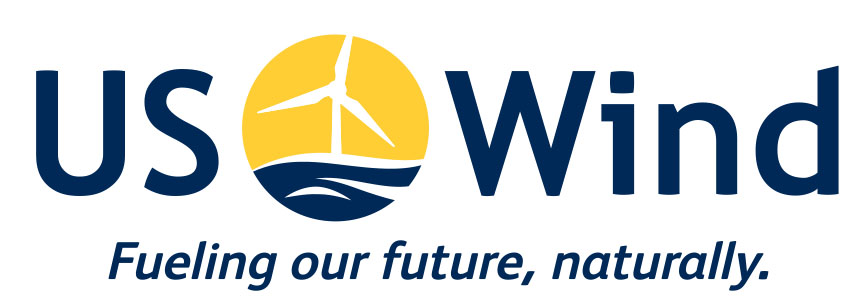Clean & Reliable Energy: How Offshore Wind Farms Help the Environment and You
The potent realities of our warming planet cannot be understated. Not only is it very costly, but is also posing a threat to life. In a study conducted by National Oceanic and Atmospheric Administration’s (NOAA) National Centers for Environmental Information (NCEI), the United States experienced 16 weather and climate disasters in 2017, which had the cumulative cost of a record-breaking $306.2 billion. This could have gone to improving the lives, homes, and livelihoods of families across the country.
The good news is that much of these disasters can be prevented, especially with the vast and developing resources we have in terms of technological advancements and scientific breakthroughs, coupled with expanding industries that continuously develop the knowledge and skills to ensure the preservation of the environment. One of the new, innovative industries in the United States showing great potential to benefit our environment is renewable energy, specifically offshore wind.
In a nutshell, offshore wind is one of the cleanest, most reliable, most sustainable, and cost-effective means of generating electricity on a utility scale, without toxic pollution and harmful global warming emissions, which mostly come from fossil fuels such as natural gas and coal that currently account for at least half of the United States’ source for electricity generation.
Benefits to the environment and wildlife
- Reduced CO2 emissions by 55.8m tons from coal/natural gas over the last 20 years.
- Does not require water, therefore doesn’t pollute water resources, strain water supply, or disrupt river ecosystems.
- Wind turbines have negligible to no negative impact on bird and bat populations according to a National Wind Coordinating Committee study.
- A 2014 study has suggested that wind turbine foundations may act as artificial reefs and cause increase in shellfish population. This can eventually open opportunities to combine the wind farms with open ocean aquaculture.
Benefits to you
- From a public health point of view, fossil fuels that are linked to a host of critical health problems such as neurological damage, cancer, heart attacks, and lung diseases can be prevented. Electricity generated from these sources can be replaced instead with low-cost, sustainable, and toxic-free form of renewable energy.
- Offshore wind presents an opportunity to more easily meet Maryland’s required Renewable Portfolio Standard (RPS) of 18 percent of the state’s electricity to be supplied by Tier 1 energy sources, which includes wind energy, by 2022, as per a study conducted by Sage Policy Group, Inc., in 2017.
- A diverse energy portfolio, which includes offshore wind, has the potential to establish long-term pricing stability and a reliable alternative source for every Maryland household and business.
- According to the 2016 Wind Technologies Market report, more than 500 U.S. factories manufacture parts for land-based wind turbines, with wind power project installations in that year alone represented $13.0 billion in investments. The same or greater can be expected.
